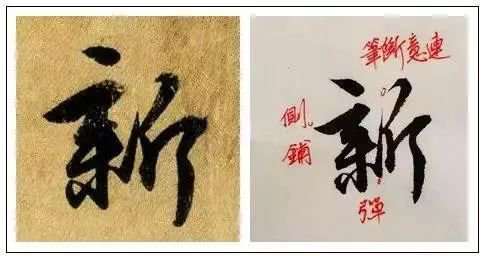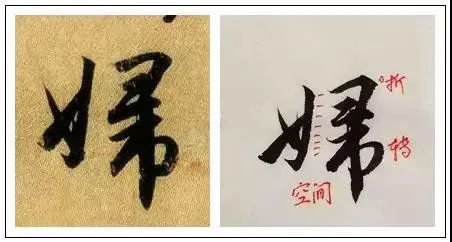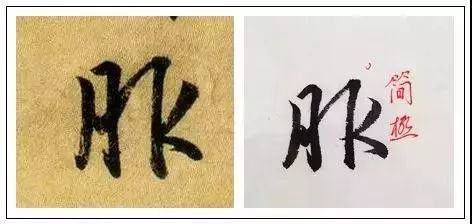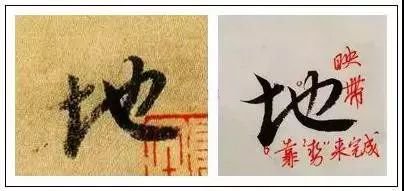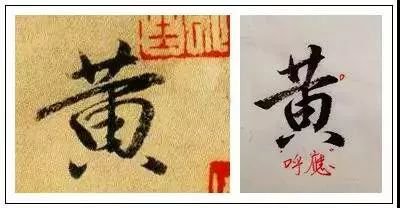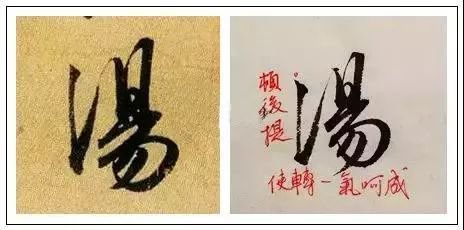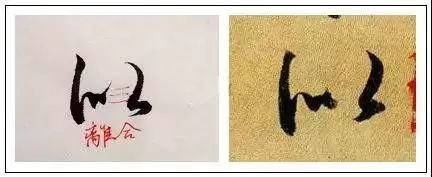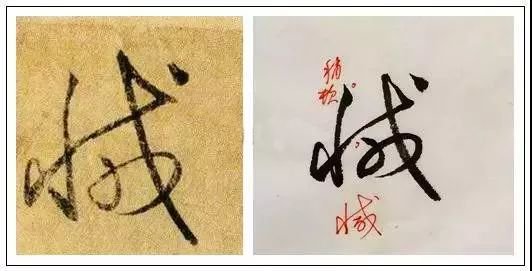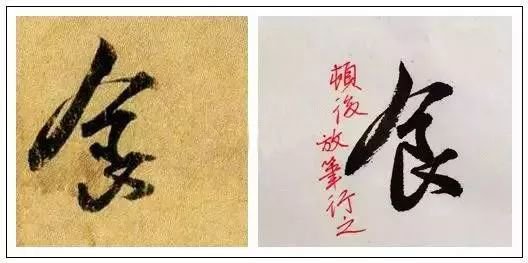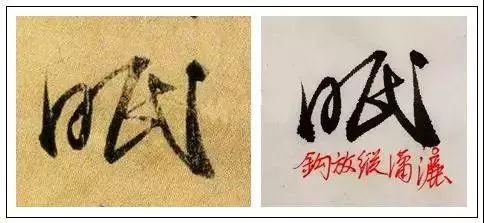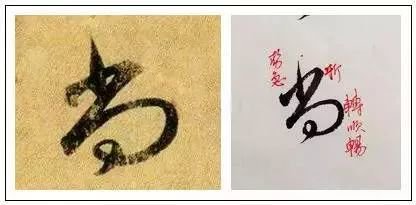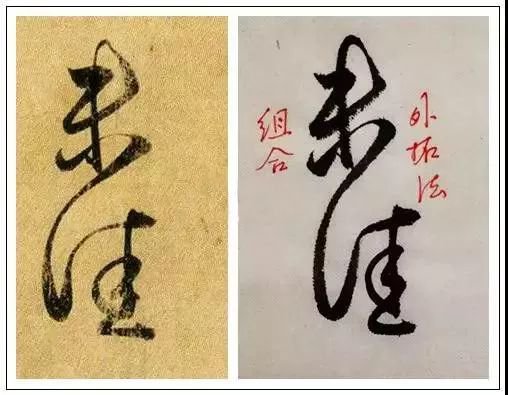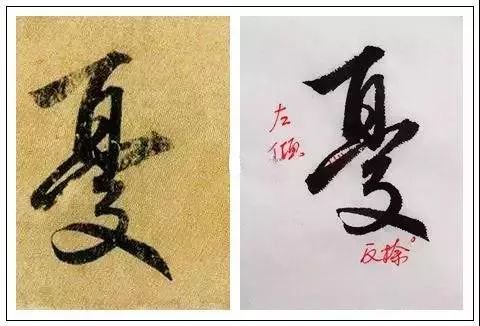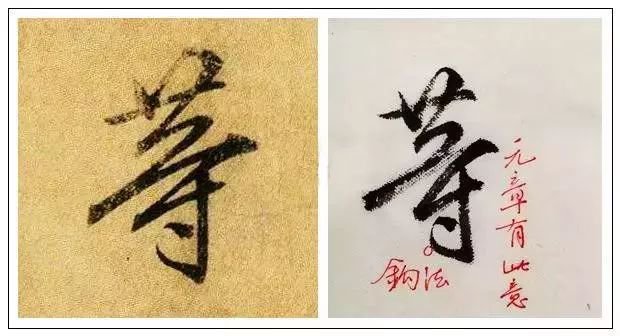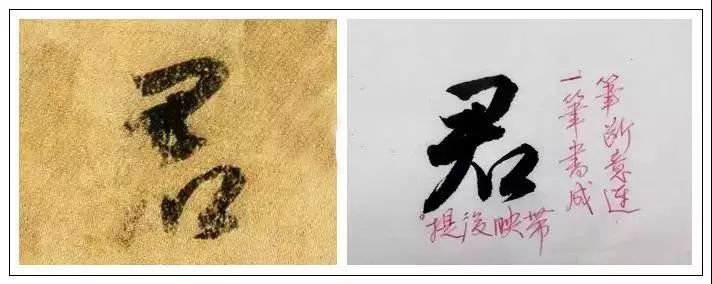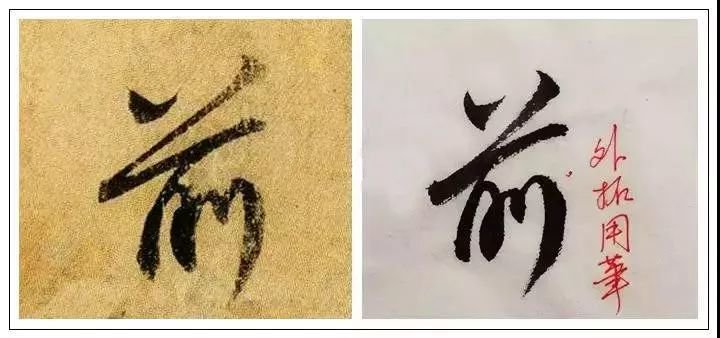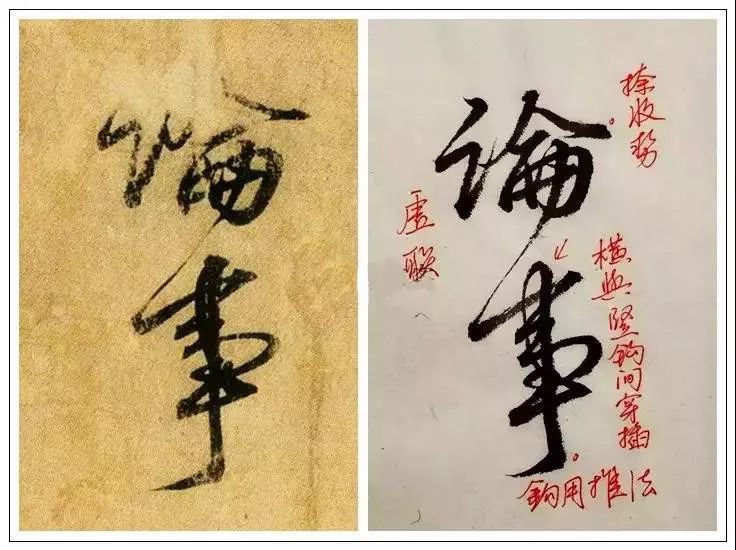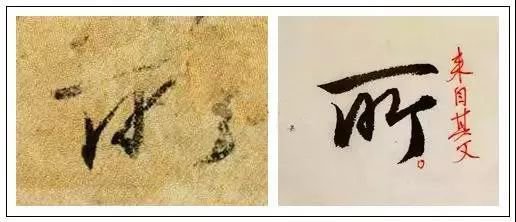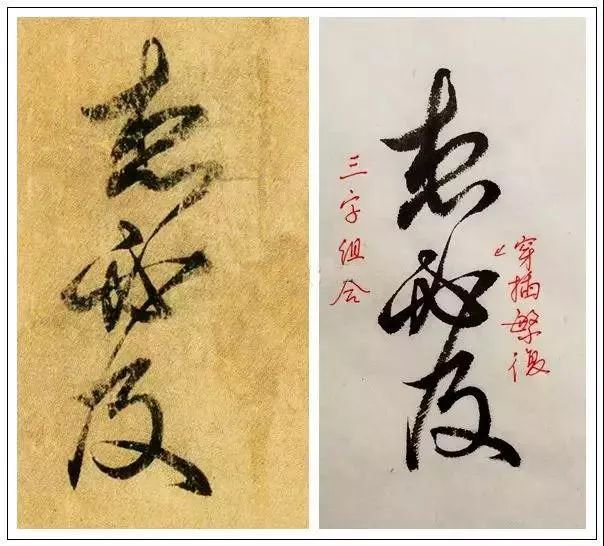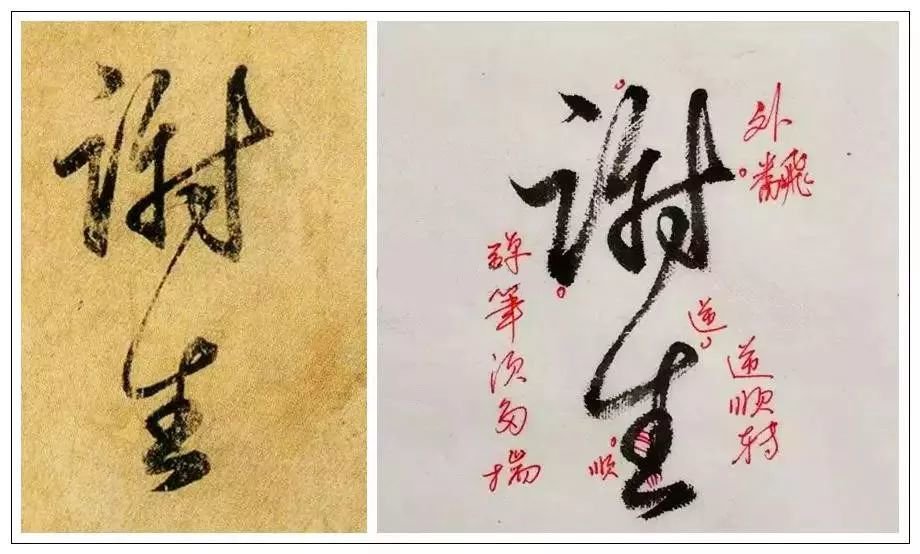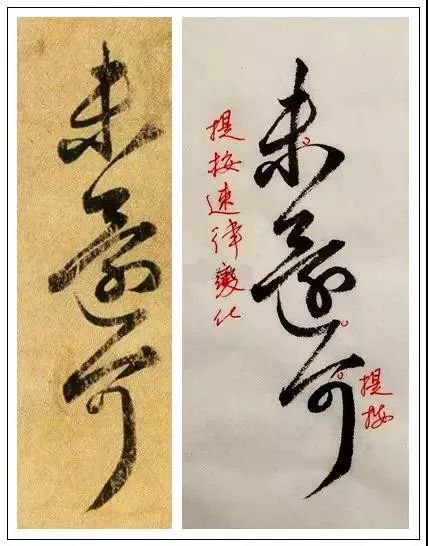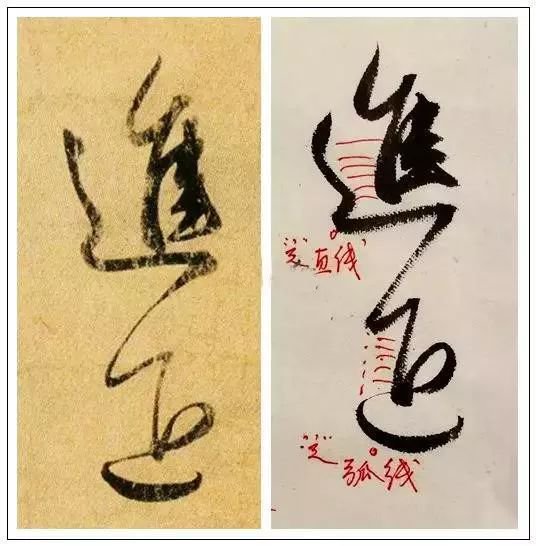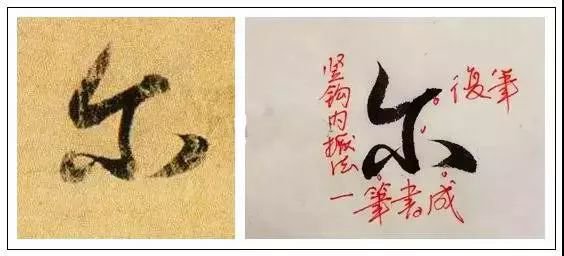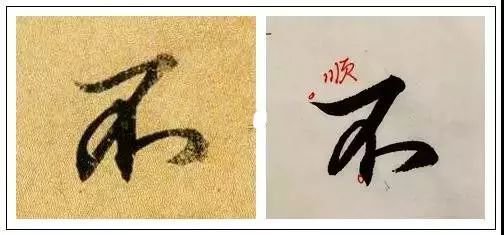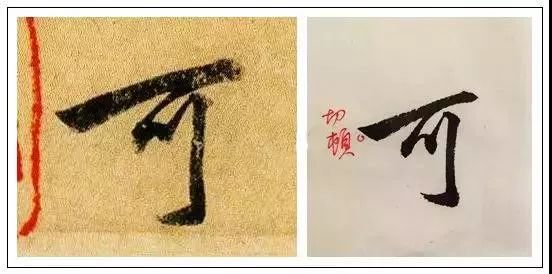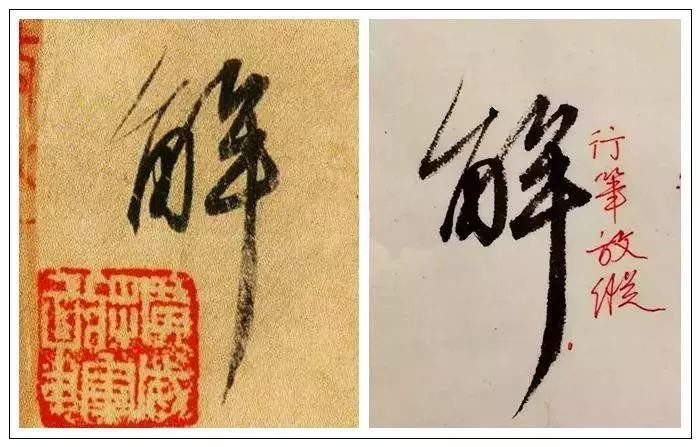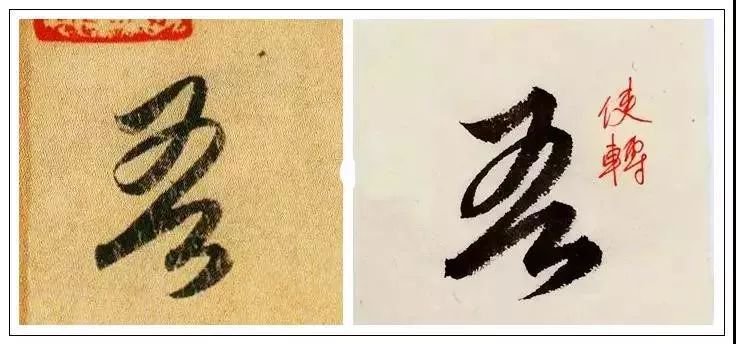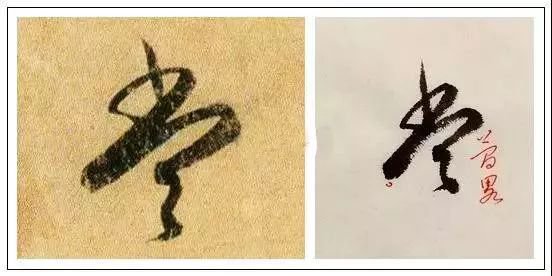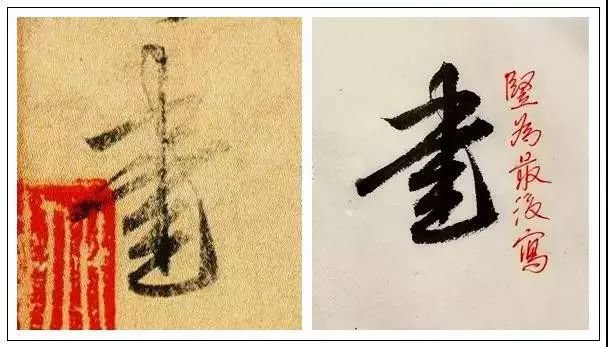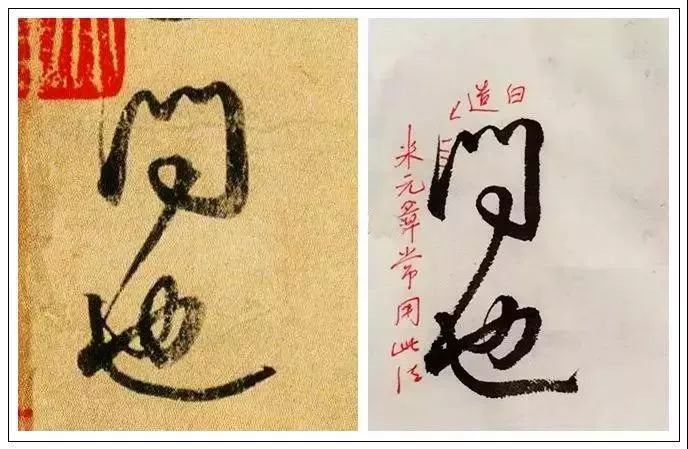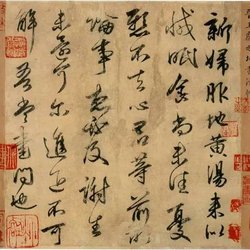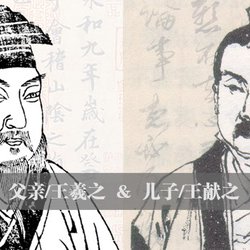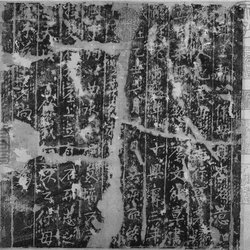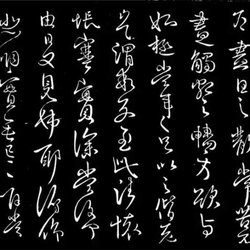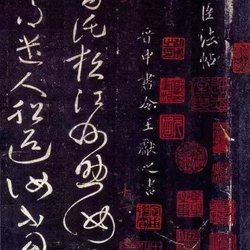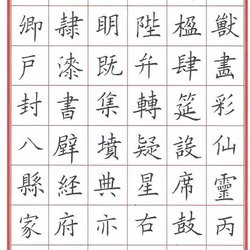Wang Xianzhi's "Rehmannia Soup Tie" is also known as "The New Wife's Rehmannia Soup Tie". The existing ink ink is from the tomb version of the Tang Dynasty (also passed down as the Mi Fu Lin version). In "Rehmannia Tang Tie", the brush strokes are drawn outward, and the strokes are round and smooth, with a strong sense of rhythm. At the beginning, the word "bride" is written in a simple and solemn way. After the word "service", it is gradually relaxed. By the second line, it is very free and easy. The strokes are continuous and smooth. The strokes are natural, indulgent and full of rhythm. The stipples on this calligraphy are meticulous and the writing is meticulous. It is one of the calligraphy calls that must be studied carefully when studying running calligraphy.
Based on relevant historical events, it can be inferred that this post was written in the eleventh year of Taiyuan (386) in the Eastern Jin Dynasty. It was the last work in Wang Xianzhi's life.
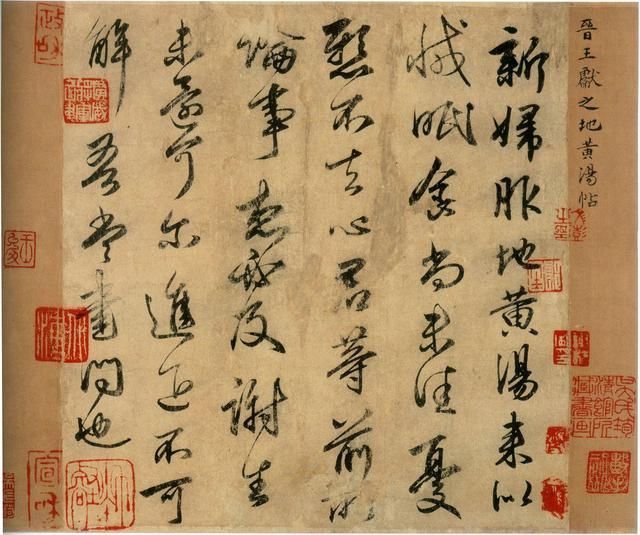
Explanation: The bride took Rehmannia glutinosa decoction and her symptoms seemed to be reduced. Sleeping and eating are not yet good, and worries are lingering in my heart. What you have discussed before must be considered. Xie Sheng has not returned, okay? Advance and retreat are incomprehensible, so I should write and ask.
Translation: My wife’s condition seems to have improved since taking Dihuang Decoction, but her sleep and diet are still not good, and my worries cannot be eliminated. The things you discussed earlier must have been discussed. Xie Sheng didn't come back. Why? His inconstancy is so puzzling that I am going to write to him and ask him about it.
Word parsing
